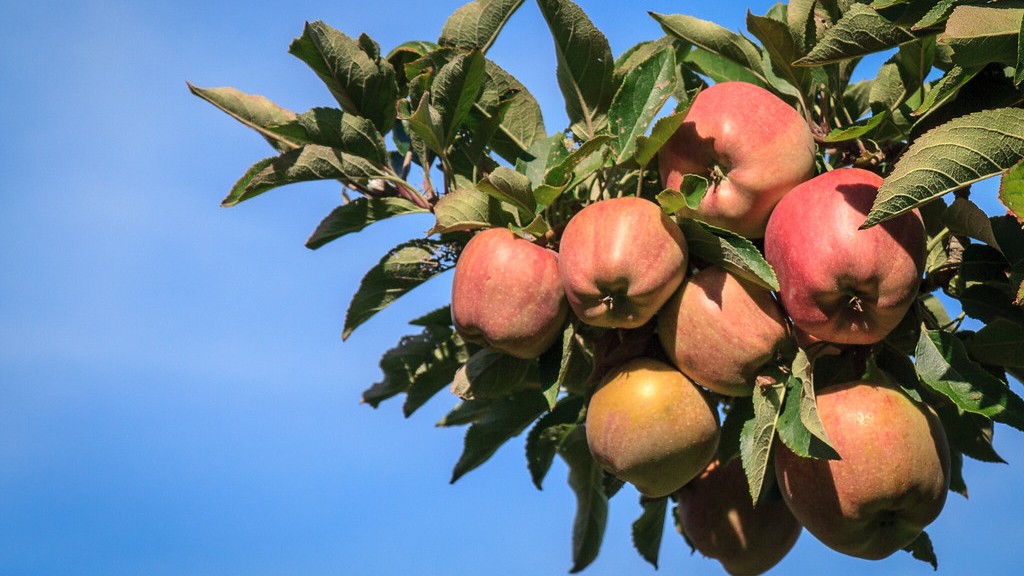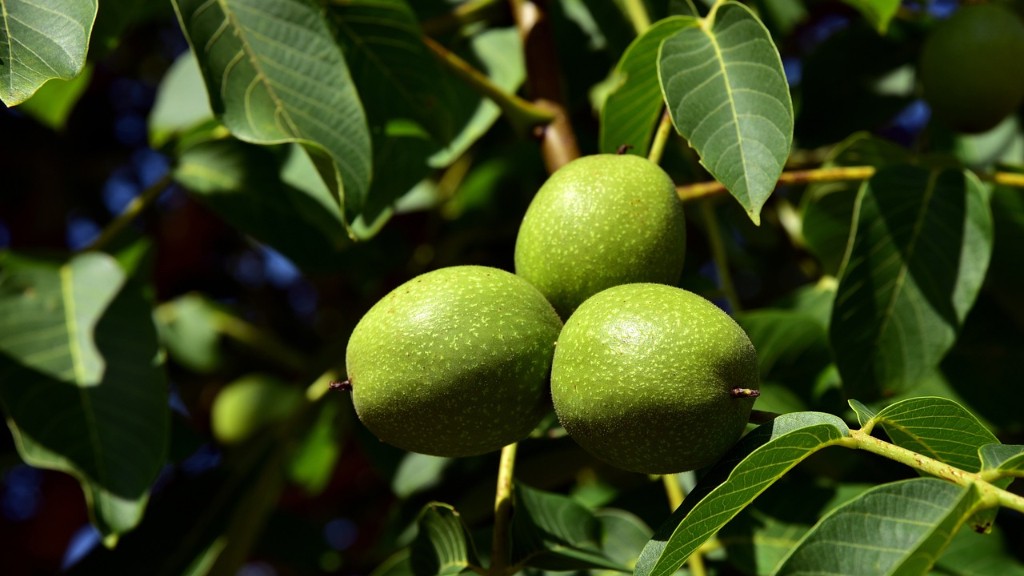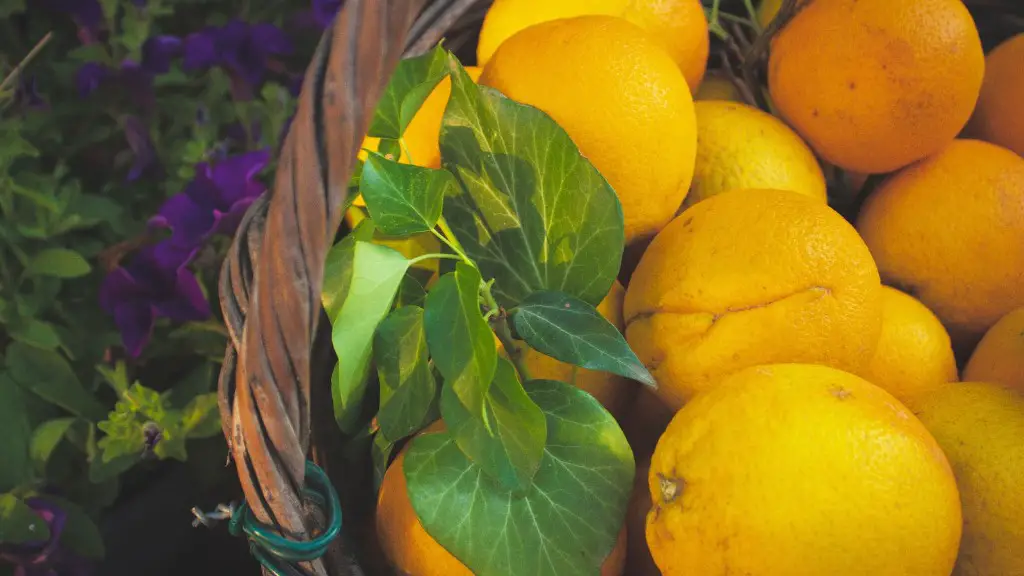Can I prune my apple tree in the summer? It is an interesting question to consider. Pruning an apple tree during the summer months can be beneficial, but there are also risks associated with this particular activity. Knowing the best time to prune an apple tree is essential to ensuring it remains healthy and fruitful.
First and foremost, it is important to understand the biology of the apple tree. Pruning should be done in the late winter or early spring, when the tree is dormant. Pruning should be done before the buds swell and before new growth begins. Generally, pruning in the summer is not recommended because it can encourage the growth of disease-sensitive tender shoots.
Secondly, summer pruning can slow down the ripening of the fruit. During the summer months, the primary role of the tree is to produce fruit and depositing energy into growth and development. Pruning in the summer steals from this energy, reducing the number of apples produced. Moreover, summer pruning also subjects the tree to extra stress. If a severe summer storm is on the way, for example, it is best not to prune the apple tree.
Thirdly, pruning apple trees in the summer could attract pests. Summer months provide a conducive environment for pests and grafts to develop and reproduce. Removing branches in the summer to boost sun exposure increases the risk of pests, especially parasites. It can also complicate the long-term development of the tree.
Finally, it is important to consider your location and climate when deciding whether or not to prune your apple tree in the summer. In some areas with mild climates, apple trees can benefit from a summer pruning. However, if you live in a hotter climate where temperatures can soar above 110 degrees Fahrenheit, pruning should be done in the early spring to protect the tree.
Additional Benefits of Pruning Apple Trees
Pruning an apple tree can have several benefits. Pruning stimulates new, strong growth, which improves the overall quality of the tree and encourages the production of larger, more flavorful apples. Pruning can also help the tree survive through the winter and minimize the likelihood of disease and pest infestations. It has been shown that apple trees that are regularly pruned are more productive and healthier in the long run.
Additionally, pruning makes the tree easier to manage and can even increase the number of apples produced. By removing some of the excess branches, the plant receives more natural sunlight, which encourages strong root development and healthy tree growth. This, in turn, leads to more apples and healthier overall fruit.
Finally, pruning can also make harvesting easier. By removing lower and broken branches, the overall structure of the tree is improved and the apples become more accessible. This makes harvesting much easier and makes the tree more aesthetically pleasing.
Pruning Process and Techniques
Pruning an apple tree follows an established procedure. The most important step is to remove any dead, diseased, or broken branches with sterilized pruning shears. This prevents the spread of disease and encourages healthy growth. After that, the main branches should be pruned using a modified Cooper’s pruning technique.
The modified Coopers pruning technique involves controlling the shape, size, and density of the tree by cutting off excess branches in certain patterns. This technique also encourages lateral branching, which is vital for good fruiting. The lower branches should also be pruned to improve the overall shape and structure of the tree.
Finally, it is important to remove any excess twigs or spurs. This will not only make the tree look better, but it will also improve air ad light circulation, leading to healthy tree growth and the better production of fruits.
Common Pruning Terms to Know
When pruning an apple tree, there are several terms that are important to know. In order to properly prune a tree, you should be familiar with words such as heading, thinning, deadheading, and spur pruning.
Heading involves the removal of entire branches, usually at the base of the trunk. Thinning is the partial removal of branches to improve air circulation and sunlight levels. Deadheading involves removal of dead, broken, or diseased branches and twigs. Spur pruning is the cutting of smaller twigs and shoots to improve the shape and density of the tree.
Finally, it should also be noted that not all branches need to be removed during pruning. Care should be taken to preserve the natural shape of the apple tree and remove only those branches that are unnecessary for healthy growth. Pruning is a delicate process and should not be done if you are not sure what you are doing.
When Should Pruning Not Be Done?
Pruning should not be done during the summer months, as this can weaken and stress the tree. However, it should also be noted that pruning should also not be done during very cold nights or when there are strong winds. Pruning during this time can cause the cuts to dry out too quickly and potentially damage the tree.
In addition, pruning should not be done after the buds have already begun to swell and new growth has started. Pruning during this time can interfere with the bloom process and can also cause the flowers to drop prematurely. This can affect the overall health of the tree and reduce the number of apples it produces.
Finally, it is important to avoid pruning during the fall months. This is because the cuts can be attacked by disease and pests during this time and can potentially harm the overall health of the tree.
Importance of Professional Pruning Services
It is essential to have an experienced arborists prune your apple tree. This is because arborists have the training and knowledge to properly prune a tree without causing permanent damage. They will use the correct pruning techniques, while also taking into account the age, health, and genetics of the tree.
Additionally, an arborist can provide advice on any long-term issues you may be encountering with your apple tree. This includes identifying and addressing any potential pest or disease problems, as well as diagnosing any nutritional or environmental problems.
Another important point to consider is that pruning is an exact science. An arborist can identify the number of buds and branches that should be left on a tree and can determine the best pruning pattern for a particular species and location.
Finally, arborists can also provide advice on how to best care for your apple tree in the long term. This includes advice on fertilizer, water, soil and light conditions needed to ensure the tree remains healthy and produces the best possible apples.



